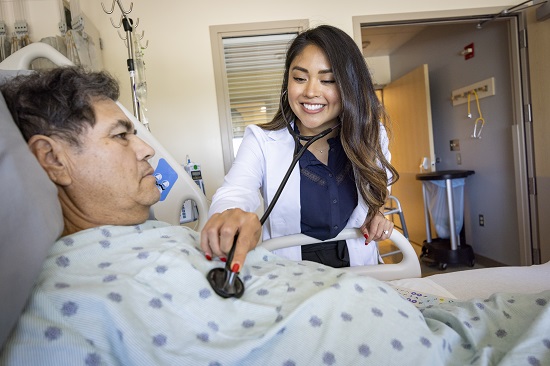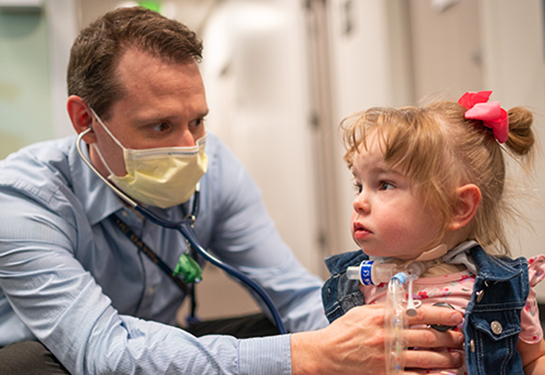Innovation improves patients’ length of stay at UC Davis Health
Leasing skilled nursing facility beds is a key strategy behind how UC Davis Health has dramatically improved its patient discharge numbers in the last few years.
As a result, the health system can expand access and beds for new patients and their medical treatments. A recent Becker’s Hospital Review article includes a description of this unique approach – UC Davis Health has reduced the length of stay by 30 to 60 days per patient and decreased avoidable inpatient days from 5.3 to 3.2 per patient.

Becker’s contacted almost 200 systems to find those who were leasing nursing facility beds – only three said they use this strategy, and all of them are based in California, including UC Davis Health, which started leasing nursing facility beds in January 2022 after it had issues with inpatient bed crowding and discharge options decreasing.
Back then, UC Davis Health had about 3,500 avoidable inpatient days annually, and some patients’ length of stay exceeded 100 days, which combined meant $9 million to $12 million in financial losses.
The system needed a change, so it went to a local skilled nursing facility and leased 15 beds. From there, the program expanded. Six months later, UC Davis Health added nine more beds, then two years later it added six more. Now, the system has 30 beds – six custodial and 24 traditional skilled nursing beds that it leases for between $250 and $350 per bed per day.
Joseph Galante, chief medical officer for the UC Davis Medical Center, told Becker’s, “I’m genuinely surprised more systems aren’t doing this. It’s one of the few levers we have to influence post-acute care capacity. You can’t control a lot of the external skilled nursing facility (SNF) market, but you can lease beds and build a sustainable transition model around them.”
‘Win-win’
For skilled nursing facilities, leased beds can be a win-win. It guarantees payment and a certain number of patients and helps them build partnerships with a system they trust.

For the health system, Galante said, “This model helps us bypass common denials in SNF admissions – whether due to underfunded medical complexity or a lack of discharge options – and gets patients out of the acute care setting.”
The UC Davis Health program serves about 800 patients per year, which equates to one to two inpatient beds turned over per day. Patients can stay in skilled nursing facility beds for up to 50 days, though the average patient stays for 30 to 40 days. While there, patients still receive comprehensive care from a dedicated team that includes a physician, a nurse practitioner, a clinical case manager and a clinical pharmacist.
Increased patient satisfaction
Moving patients to outpatient settings faster has also increased patient satisfaction because they are not stuck in the hospital, Galante said.
“Many systems focus on ED boarding and front-end pain points, but often the root cause lies in the back-end – patients who have nowhere to go. We’ve found this program to be a reasonable, replicable strategy to address that issue,” he said.
Galante credits Joleen Lonigan, patient care services vice president and associate chief nursing executive, and Vanessa Mcelroy, director of care transition management, for making this strategy successful. He also noted that one of the biggest reasons the program works is UC Davis Health’s strong relationship with the skilled nursing facility. They collaborate on patient throughput, assign direct liaisons on both sides, regularly review financial and clinical outcomes, and refine workflows together.
Stanford Health Care and San Diego-based Scripps Health were the two other California health systems using the same approach in leasing nursing facility beds.





